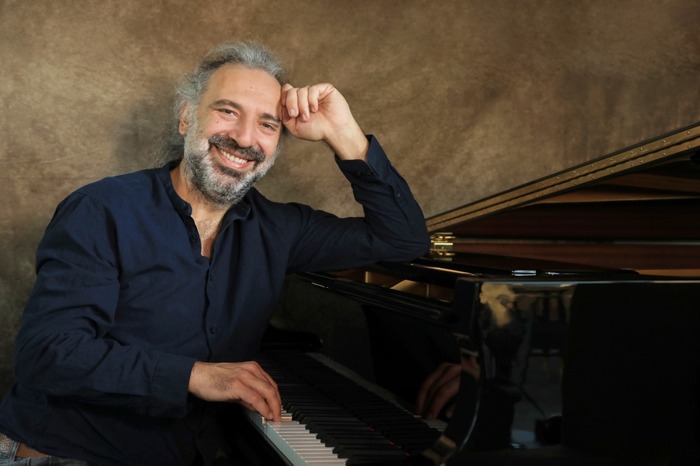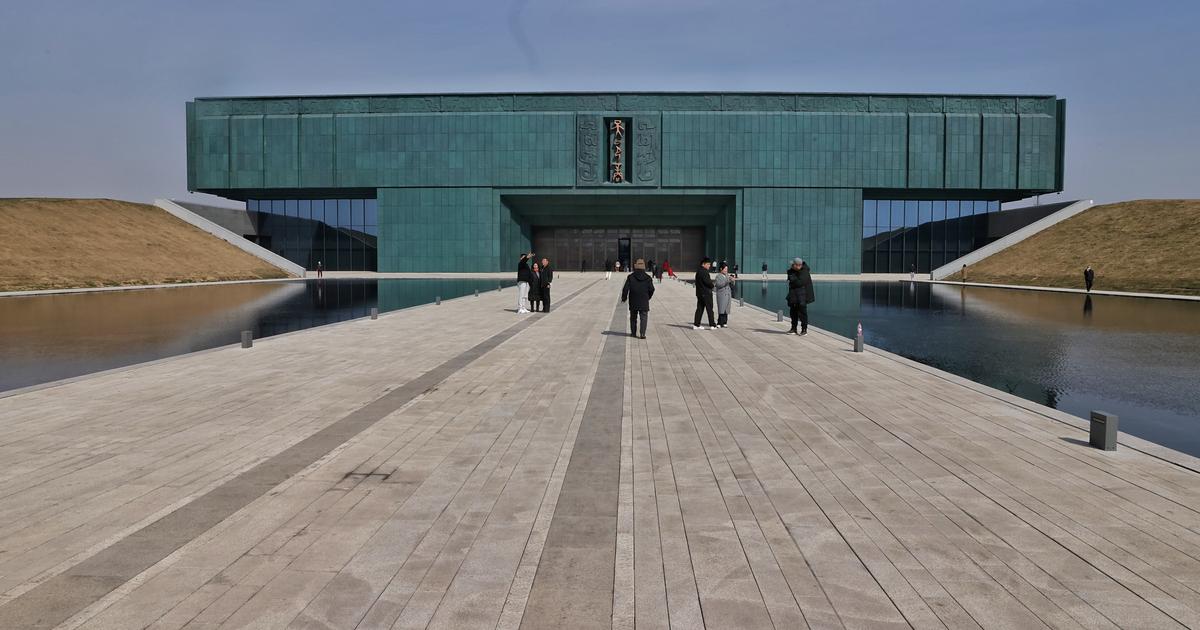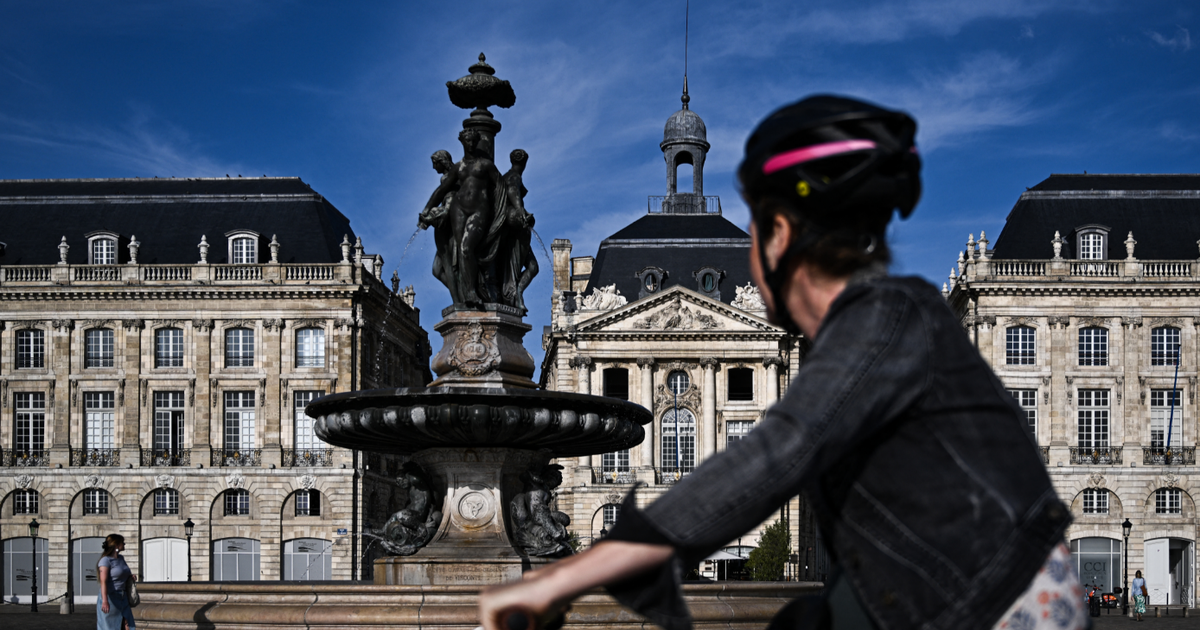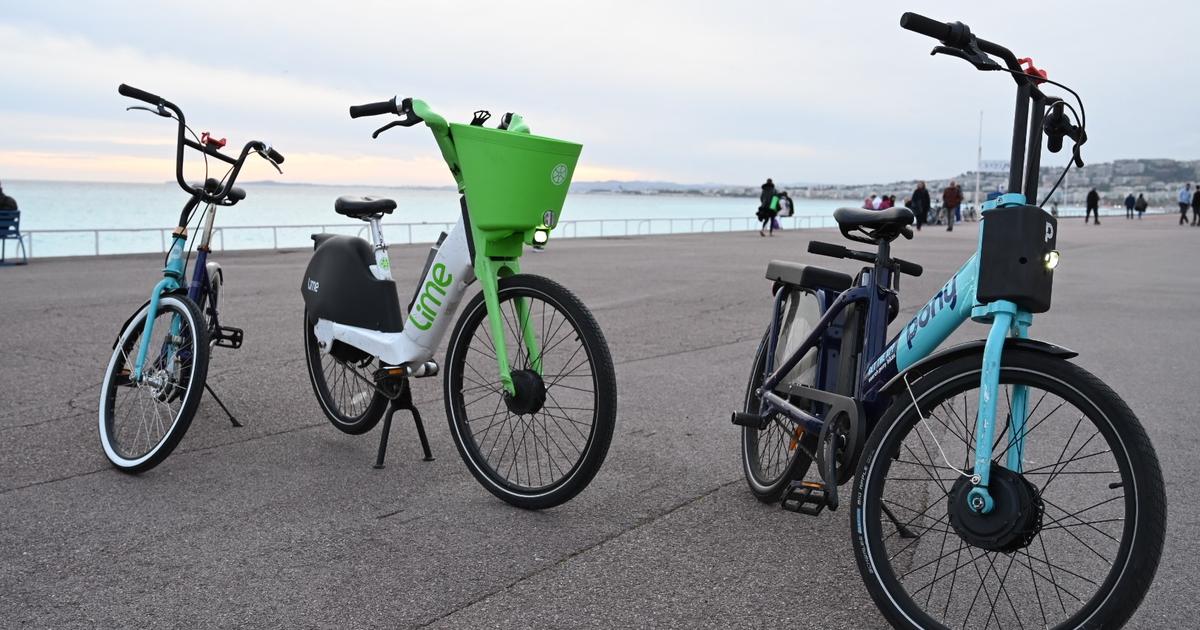“To be recognized in art you have to exhibit in Berlin, Paris, New York and Los Angeles”, “why not try your luck in the city?”, “the work you are developing would make more sense in the context of the metropolis ”.
Frequently, centralism in contemporary art is drawn as a barrier for the creators and key pieces of its framework that inhabit, run and generate creative scenes from, for and through the periphery.
In the past, there was a perception that everything outside the big cities was backwardness, conventional art, poverty of speeches, reflections, few sales and no content.
However, the amplitude and reflexive capacity of the localities have not only put the critical and creative eye in the opposite direction, but also support a much more lively and nurtured art although, of course, without the infrastructure of its mercantile, museum and entertainment systems. public or broadcast.
For the multidisciplinary artist Israel Martínez, this has been one of the reflections inside and outside of his artistic work.
Martínez has left Mexico City as a creative center to return to his native Guadalajara and also work closely with people from Michoacán and surrounding areas, points that are far from the apparent great opportunities around art.
"Evolution, friends, if it exists, it will not be metropolitan but against the metropolis...".
-Night Council. Against the metropolis, LED sign, Israel Martínez, 2022 (Image: courtesy of the artist)
“Now I am in Zapopan [Jalisco, Mexico] as a gesture that perhaps does not influence anyone else, but to have a feeling of connection between what I do and what I think.
Faced with this exacerbated centralism, I see two points: the first is that all the economic and historical force points to the cities, everything is there.
But on the other hand, the community around the arts, with culture, is also more vigorous than the rest of the country (and this comment can generate quite a few diatribes): the strength, the energy, the communication and the action that the people in the cities make the difference so that scenes cannot be generated in other points.
“Interesting things are happening everywhere, there are independent spaces but they have not finished developing, there is also great distrust between producers and the public, they do not attend despite the fact that there are more things.
That keeps happening and doesn't allow the scenes to grow and get stronger.
Unlike cities, apart from the fact that there are more people involved, the way in which they coexist is also much more committed and that makes it powerful in all terms”, says Martínez.
For his part, for Jesús Pacheco, cultural journalist, producer and host of La Pipa y la Fuente, a radio program specializing in contemporary art, the entrenchment of centralism in contemporary art is undeniable above all, “because the epicenters tend to determine them economic power.
And unfortunately, that ends up filtering everything else and altering perspectives.
I think it will continue to govern every time the economy intervenes in the play.
I mean, always,” he notes.
Between that bitterness and resignation, the Mexican photographer Juliana Alvarado agrees that the validation game to which centralism in art invites is a kind of 'necessary evil' that will have to happen sooner or later due to the current systemic circumstances of the smaller towns.
“Portraiting space is an extension of myself, as a metaphor for my own body and my psyche.
The gloomy luminosity is my refuge.”
Juliana Alvarado.From the series In Praise of the Shadow.(Image: courtesy of the artist).
“It seems to me that it is only institutional validation.
I have artist friends who live in the north of Mexico and it is curious, because they can exhibit in other places but their work does not have an echo in Mexico, they also have to pass through the city because it is not a large sphere.
On the other hand, the spaces of Monterrey and Guadalajara (located as the other two obligatory points at the country level) are smaller;
many times they are self-managed and it is very difficult for the interesting artistic practice that happens in other places to have support.
In this sense, it is very difficult to be self-managed, to sustain your practice with your own resources.
And I think it's not right, because in the city there is also a long queue to be seen, but the galleries are also full of foreigners, there are also not many young people or people from other states in the galleries,
For Rosalba Hernández Vera, gallery manager of MAIA Contemporary, this centralism is a reality that, for the moment, will have to be played with while other dynamics are considered.
“In the end, things happen in cities and it is difficult to get out of that dynamic, idea and reality.
They are places of connection and encounter.
Recently, the panorama for foreign artists has opened up a bit, and there are more and more things happening in other places that are not the epicenter, contemporary things beyond graphics or the conventional.
The regions do their work, through their fairs and meetings;
everything is moving”, assures Hernández Vera, who has seen this dynamism derived from the last years of restriction in the countries.
Finally, Israel Martínez assures that in the particular case of certain small cities there is a whole gallery interest on the part of the foreign public, who no longer necessarily have to pass through the main capital, which also tells us of a new dynamism at the door and a communication between the different actors of art, regardless of their size and objectives.
“There should be more symposiums, scenes that touch each other.
Here there is a radical performance, another more poetic, another more orthodox, those that focus on video, scenes with subscenes.
That does not happen in other places, where there is more communication as well.
They are small audiences in terms of unity and effectiveness.”








